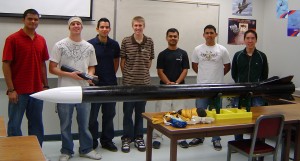- CaSGC funds interdisciplinary projects ranging from astrophysics, biology, chemistry, earth sciences, geography, geophysics, marine sciences, and physics. Below are some example projects.
- Studying paleoproterozoic eukaryotes
- Remote detection of cholera outbreaks
- Designed and tested the B-machine: an experiment in radio astronomy to measure the emission of radio from the early universe.
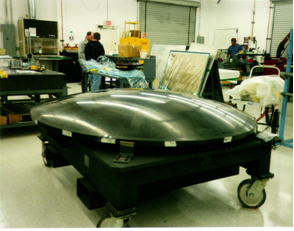
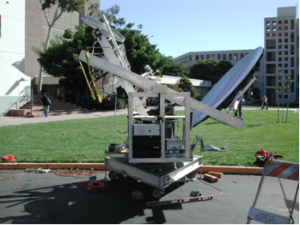
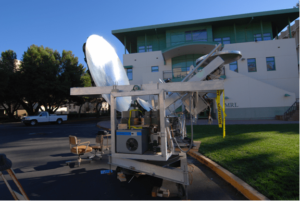
-
- Designed a lightweight high altitude scientific balloon payload.
- Designed and tested mm wave optical components.
- Designed and tested a polarization modulation system utilizing a half wave plate made from a resonant cavity with a wire grid front.
- Tested a high pressure hydrogen Joule-Thomson valve cryocooler
- Designed and tested a precision water incubator for testing waterborne pathogens.
- Designed and tested a plate-based corrugated millimeter wave feed horn array. Students worked with a staff member to do a 3D electromagnetic analysis of the system of feed horns to be used with a mm wave focal plane array.
- Designed and built a system to measure the millimeter wavelength emissivity of bulk and tin-film metal on carbon fiber reinforced plaster. The system uses a cryogenic load to compare target emissivities against a known cryogenic blackbody. This sytem is being used to test coatings from an industrial partner who produced space-flight coatings for many NASA missions including the Kepler mission.
- Tested a prototype low-temperature balloon design for possible use in future NASA missions to explore Titan’s surface with a super pressure balloon.
- TOSS Project: Transient Optical Sky Survey
- A large array of optical telescopes automatically scan the sky nightly, and the images are combined into one large sky-map potentially covering 25% of the sky (depending on array size – system is easily scaled). This map is then compared to previous nights and partially processed on the fly to identify transients.
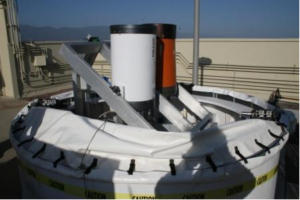
- CaSGC’s program at UC Davis contributes to student training in environmental sciences, technology, engineering and mathematical disciplines. Below are some project examples:
-
- Developed a new NASA MODIS tool to assess wildfire risk and to understand inter-annual variation in vegetation hydrology and climate.
- Shown below is an image of multi-year renditions of Canopy Water Content of the San Diego region, from low to high, from MODIS satellite images.
- Developed a new NASA MODIS tool to assess wildfire risk and to understand inter-annual variation in vegetation hydrology and climate.
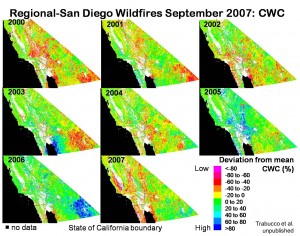
-
- Working with the California Department of Boating and Waterways, Department of Water Resources and the CalFed program to evaluate water turbidity in relation to submerged aquatic weeds in the Sacramento delta to determine whether the recent decline in endangered fish is due to the spread of invasive species.
- Built and flown an unmanned aerial vehicle (UAV) which carried a payload consisting of a color-infrared imager, GPS, tilt meter, and computer system.
- Below is a digital photograph mosaic and near infrared insert taken from the UAV over the University of California Davis Arboretum.
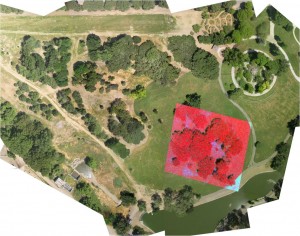
-
- Below is an airborne hyperspectral image over the Sacramento-San Joaquin Delta with inserts showing the location of mapped submersed species in red, plus thumbnail photographs of submersed, floating and emergent invasive weeds and native plant species.
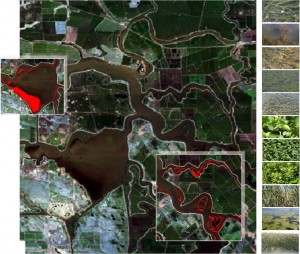
- Involved in the Tracking and Imaging Gamma Ray Experiment (TIGRE), where students help design and test new gamma ray telescopes, and analyze data from scientific balloon flights.
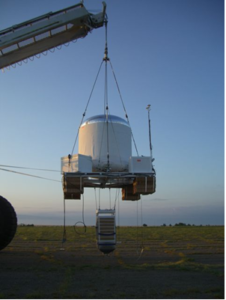
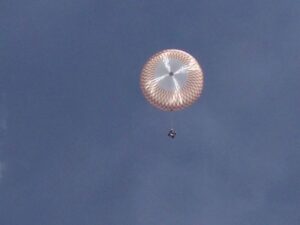
- Involvement in Dawn Discovery Mission
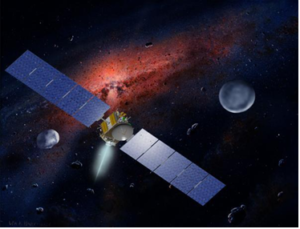
- Involvement in THEMIS Explorer Mission
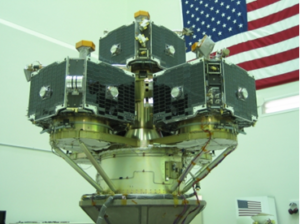
- AIAA Design, Build, and Fly aircraft competition
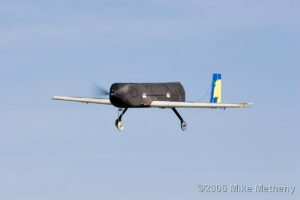
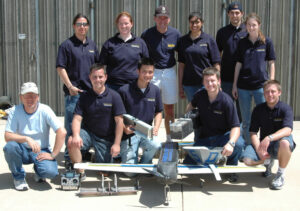
- AUVSI Unmanned Aircraft Competition for Mechanical and Aerospace Engineering students
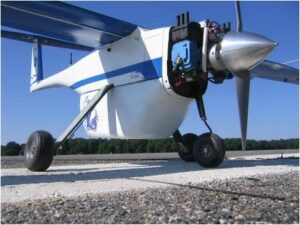
- Graduate Student Fellowship Program: Students from different STEM backgrounds take an interdisciplinary approach to a focused theme area of Unmanned Aerial Vehicles and their associated science payload sensors and technology.
- CaSGC supports students in the Department of Earth System Science in projects that are likely to lead to scientific advances to benefit future space-based observations of the planet.
- Aerospace education and design
- Designed advanced spaceborne biological processing technologies for small spacecrafts.
- Mission operations for NASA small spacecraft where students have participated in inspirational, hands-on interdisciplinary, team-based engineering development projects through Santa Clara University’s Robotic Systems Laboratory.
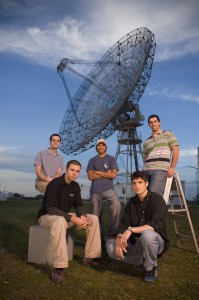
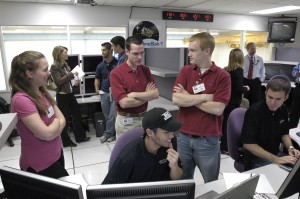
- Students conducted experiments in astrobiology and astronomy and developed computer and programming skills in the process.
- At this Hispanic Serving Institution, students who would otherwise have had to find part time jobs outside their education in STEM have been able to focus their time and attention to obtaining valuable skills in their quest for physics and technology jobs or obtaining admission to graduate school after graduation.
- Students have worked on the biological fixation of nitrogen, including fieldwork at Searles Lake to examine high-salinity tolerant extremophile bacteria.
- A student traveled to Lowell Observatory in Flagstaff and worked with scientists there for two weeks to learn computer modeling techniques.
- Supporting projects that complement the California Launch Vehicle Education Initiative (CALVEIN), a partnership between CSULB and Garvey Spacecraft Corporation.
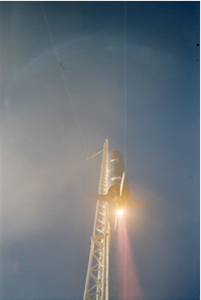
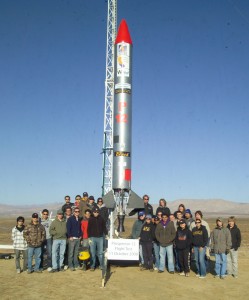
- Developed preliminary launch control software and cataloguing of COTS avionic parts for low cost small launch vehicle and spaceraft applications
- Lunar Lander Laboratory
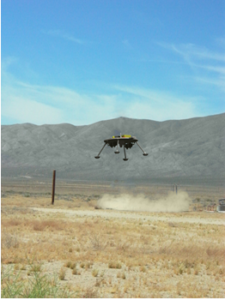
- Rocket Laboratory
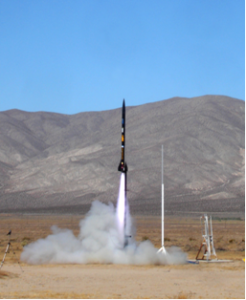
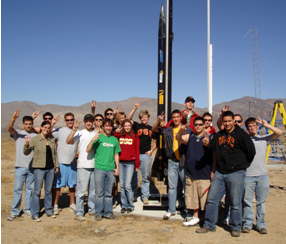
- Micro-satellite Laboratory in the Astronautics and Space Technology Division
- The “Black Dragon” team designed a hybrid-propellant sounding rocket that will be carrying an inertial measurement unit and a closed-loop control system to maintain a certain flight trajectory. The rocket is approximately 2.5 m long and 20-30 kg depending on propellant load and payload mass. Their vehicle will be available to other Cal Poly Pomona researchers to carry scientific payloads and investigate the behavior of control systems.
